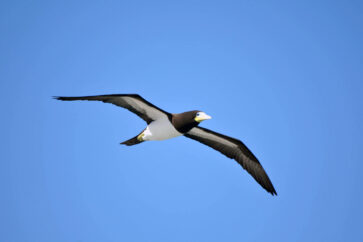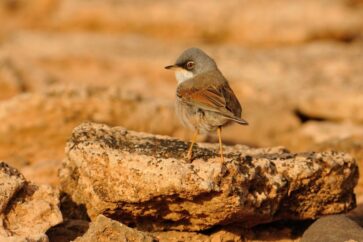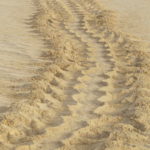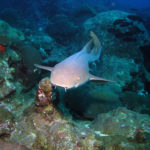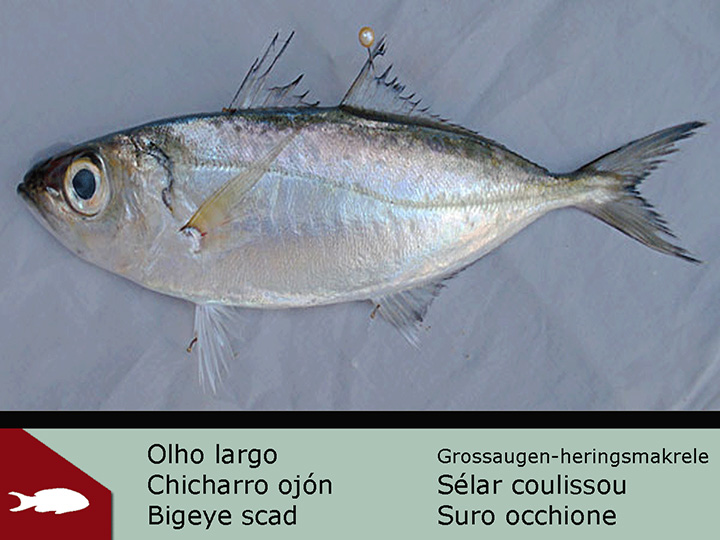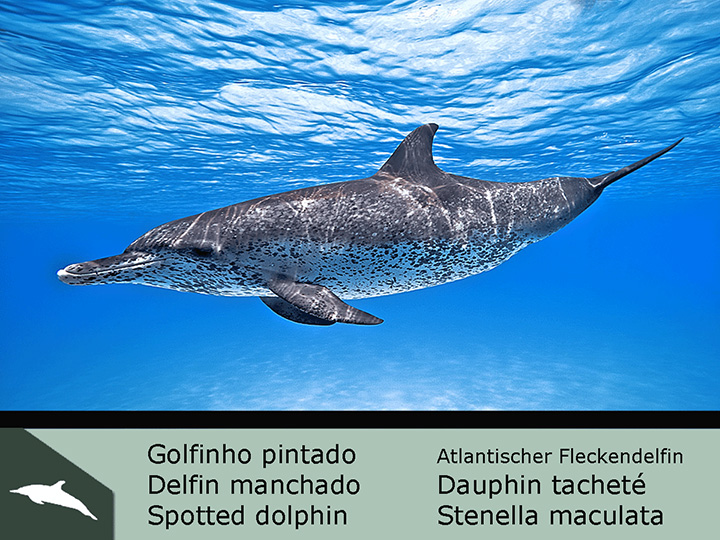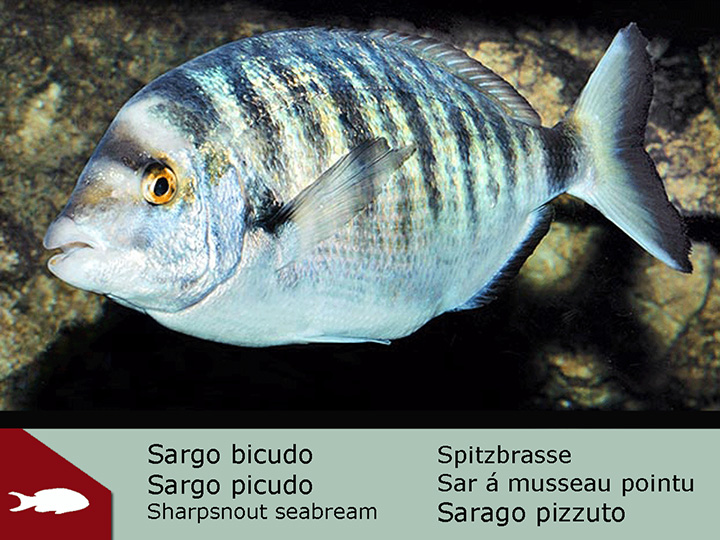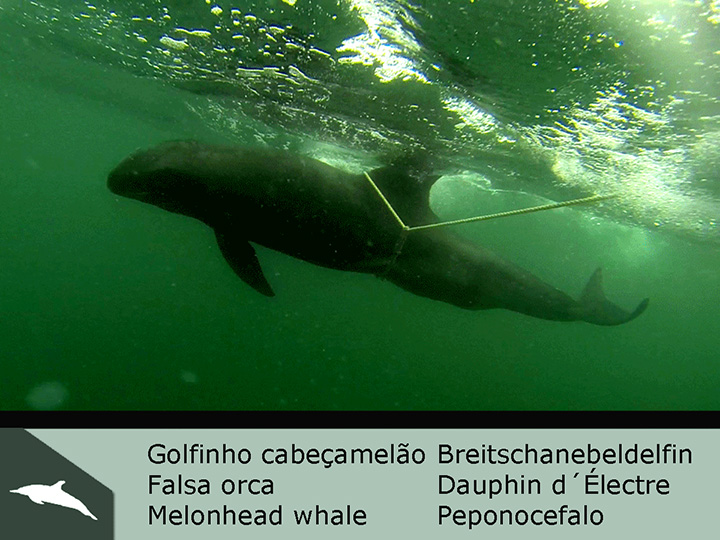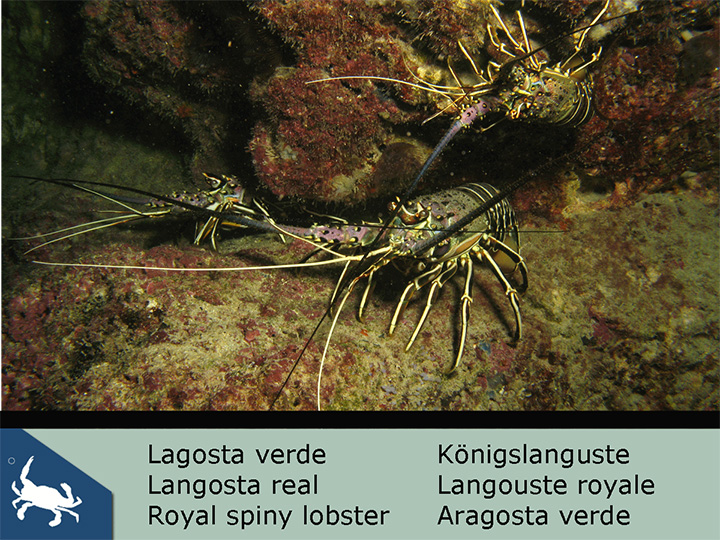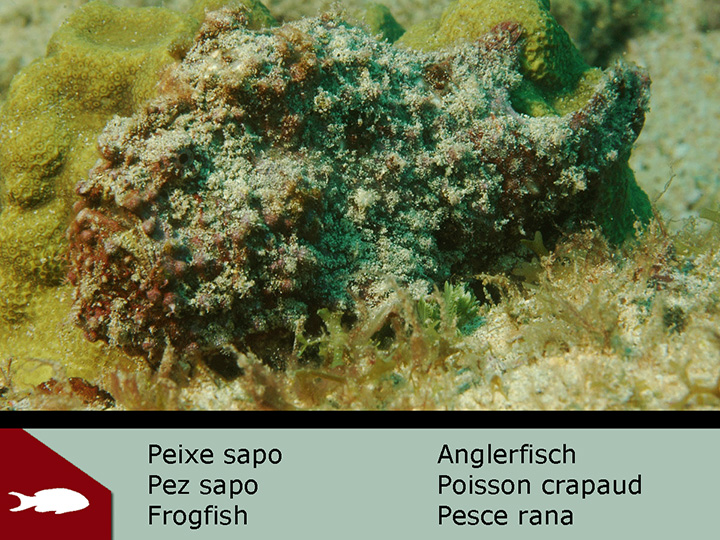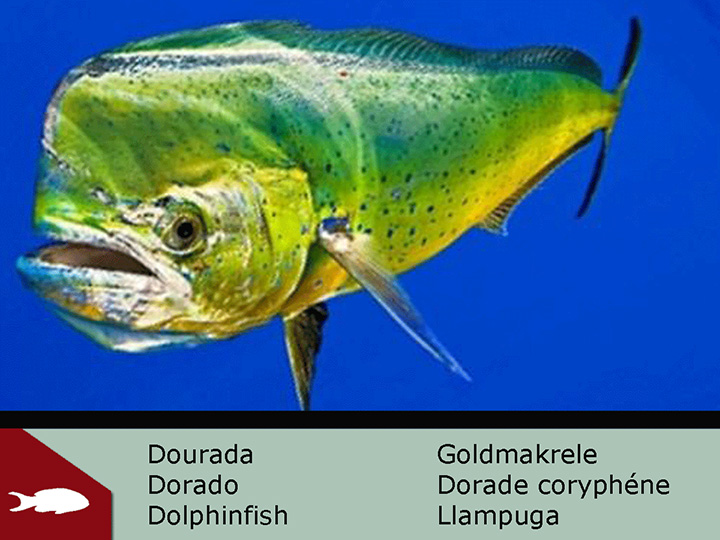The Cape Verdean fauna is relatively poor and consists mainly of domestic animals such as dogs, cats, birds, small reptiles and also beetles and endemic insects. Other animals in the archipelago, such as horses, donkeys, cows or goats, can be found on almost every island. The same goes for the green monkey (Cercopithecus aethiops), present in some areas of Santiago and Brava, coming from the African continent, and the cane toad (Rhinella diptycha).
Among the main species of fauna, birds are particularly important, namely the Passarinha, the crow and the cream-coloured- courser. In terms of fauna, there are 755 plant species, of which 83 are endemic and 224 are indigenous. The dragon tree is particularly important because it is a tree whose presence precedes the discovery of the archipelago itself.







